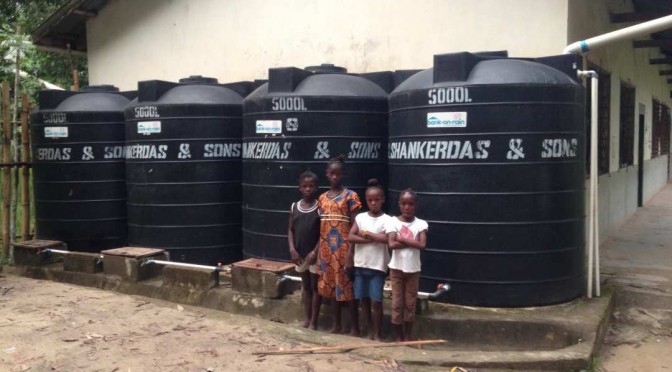It has taken nearly 7 weeks to get to this point but in this blog post I aim to outline the problem of the problem -solution to water use within agriculture. It is a U-turn in the trajectory of this blog but I think it's an issue that has only been touched upon a little with past blog blogs.
There is a clear link between water and food, both are essential for human survival and food cannot be grown without water. So what is the problem?
- Population projections are as much as 9 billion by 2040 and 11 billion by 2050 (International Data Base).
- As countries such as China, India, Brazil, Indonesia etc. develop an increased quality of life increases the demand for higher quality food - mainly meat sources. This requires more water, more space and more energy compared to plant sources.
- The impact of climate change on plant growth and water resources is uncertain, unpredictable and potentially unsolvable.
 |
| UN Estimations for Future Population Projections (UN) |
The Population Problem
The population crisis that this world faces is more than a numerical one, with more people the quality of life we enjoy is threatened as populations grow at a faster rate than food production meaning there is less food to go around - people go hungry today so the number of people going hungry will only increase as food prices increase due to higher demand or lower supply.
Ararso et al. (2005) and
Pfister et al. (2011) are both in agreement that the stress on water and hence food is a result of population growth and higher caloric food demands. Both the focus of their work is in sub-Saharan Africa which presents the same problem but in a different setting.
Sub-Saharan Africa, and Africa more generally, struggles to cope with the population boom it is experiencing. Water systems have limited extent or function significantly below their potential meaning that only 16.8% of the potentially irrigable land has been developed for irrigated agriculture (
Ararso et al. 2009). In otherwords, food production can be higher in Africa but the main limitation is the financial capacity to invest in water resources.
There is a lot to consider here in just a simple blog post, the intricate web of problems that spread out across Africa is hard to decipher and it mostly comes back to finances. Often, as
Pfister et al. (2011) notes intensified agriculture is not viable in many locations because ti puts a strain on the water resources.
I won't dwell upon this too much because the content of which could create an entirely new blog post (or indeed blog). To summarise, the effect of global warming and climate change on Africa's water resources is incredibly uncertain and thus it is important to prepare for a worst case scenario.
 |
| Summary of the Effects of Climate Change in Africa (Source) |
More Problems?
For
Wyman (2013) the problem is not just population and climate but also the way water in Africa is used incredibly inefficiently. There is high wastage and irrigation depletes groundwater so that it is not sustainable. For Wyman, the water crisis is the most immediate environmental problem because water is vital for a good quality of life (and a basic quality of life).
Whilstshore et al's (2013) work modeled the effects of climate change and population on water and food resources. The focus was globally rather than Africa but suggested that there would be a reduction in crop yields by 2050 due to climate change and population (clearly there is link between population, climate change and environmental degradation that can't be explained here). Their conclusions were that the effects of climate change on water is uncertain and that the effects of CO2 on plant physiology is major driver in changes in crop productivity. However, they themselves admit that their study is constrained by observations and highly uncertain. The assumptions they make are broad, vague and not specific to locations or time periods but are still incredibly useful in hypothesizing future changes.
In this blog post I have barely scratched the surface of these interlinked problems - some of which can be explored in more detail on other blogs - but show a general trend in that there will be a water shortage and a reduction in crop productivity countered by an increased demand for food and space. It is important to note that some of the issues can be solved - such as the inefficiency in water usage (some solutions have been offered in a previous post). My next blog post will look at more potential solutions to increasing/maintaining crop productivity in Africa for future populations.


